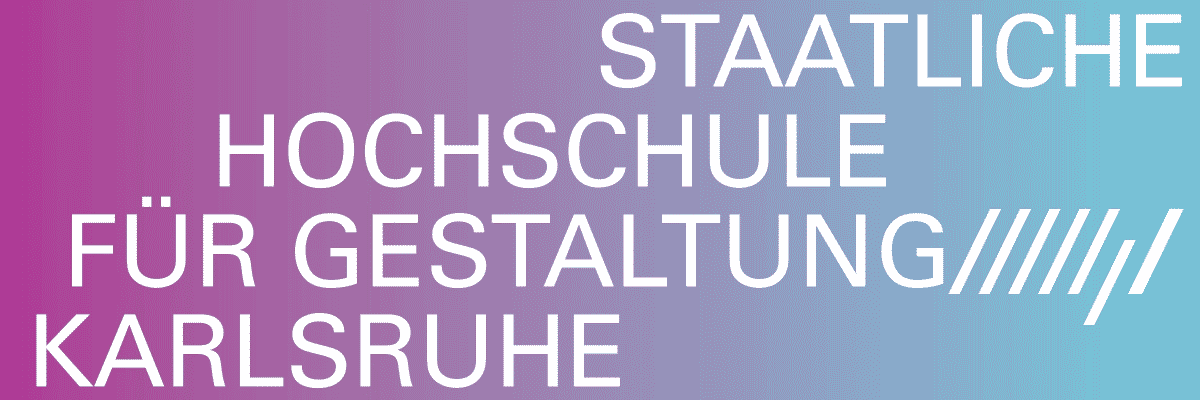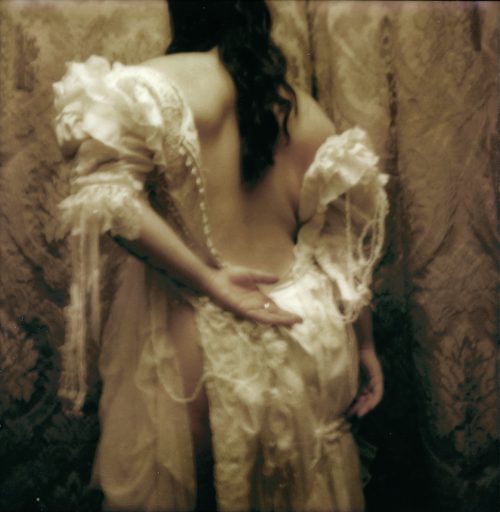
Eliott Paquet
Ceci Tuera Cela
Project Info
- 💙 Poush Aubervilliers
- 💚 Indira Béraud
- 🖤 Eliott Paquet
- 💜 Indira Béraud
- 💛 Jesse Wallace
Share on

Exhibition view
Advertisement

City 1 47,7 x 29,7 x 2,2 cm Anodized aluminium, MDF, polyurethan painting 2024

Exhibition view

City 2 47,7 x 29,7 x 2,2 cm Anodized aluminium, MDF, polyurethan painting 2024

City 3 47,7 x 29,7 x 2,2 cm Anodized aluminium, MDF, polyurethan painting 2024

Stryge 1 106 x 22 x 82 cm Anodized aluminum, local beech, solventbased stain, encaustic wax 2024

Stryge 1 106 x 22 x 82 cm Anodized aluminum, local beech, solventbased stain, encaustic wax 2024

Stryge 1 106 x 22 x 82 cm Anodized aluminum, local beech, solventbased stain, encaustic wax 2024

Stryge 3 390 x 50 x 240 cm Anodized aluminum, local beech, solvent stain, encaustic wax, PMMA, LED 2024

Exhibition view

City 4 47,7 x 29,7 x 2,2 cm Anodized aluminium, MDF, polyurethan painting 2024

Exhibition view

Stryge 2 118 x 28 x 125 cm Anodized aluminum, local beech, solventbased stain, encaustic wax 2024

Stryge 2 118 x 28 x 125 cm Anodized aluminum, local beech, solventbased stain, encaustic wax 2024

City 5 47,7 x 29,7 x 2,2 cm Anodized aluminium, MDF, polyurethan painting 2024

Exhibition view

Stryge 3 390 x 50 x 240 cm Anodized aluminum, local beech, solvent stain, encaustic wax, PMMA, LED 2024

Stryge 4 170 x 150 x 108 cm Local beech, solvent stain, encaustic wax, smoke machine, glass pipe, tent Textile: Ulysse Bertrand 2024

Stryge 4 170 x 150 x 108 cm Local beech, solvent stain, encaustic wax, smoke machine, glass pipe, tent Textile: Ulysse Bertrand 2024
« Le vieux Paris n’est plus (la forme d’une ville
Change plus vite, hélas ! Que le cœur d’un mortel) »
Le Cygne, Charles Baudelaire (to Victor Hugo), 1861.
Perched on the top floor of a repurposed factory in Aubervilliers, Eliott Paquet’s exhibition 'Ceci tuera cela' overlooks Paris in its entirety. Like a love letter left at its doorstep, its sincerity is touching yet scathing, leaving a bitter aftertaste, like sour milk. It’s a harsh love letter, depicting a pitiless portrait of a capital in brutal flux, whose opulent beauty seeks to remain exclusive. The dynamics of gentrification in Greater Paris displace those who seek refuge there. Its hallmark architecture is being demolished in favour of new aesthetic and functional standards, often dictated by profitability.
These urban reconfigurations, along with their socio-political and stylistic repercussions do not ring new. The exhibition’s title 'Ceci tuera cela' in fact borrows its name from Victor Hugo’s novel, Notre-Dame de Paris. 1482 (1831) which bears witness to the same city’s modernisation in the medieval times. The phrase is pronounced by the archdeacon of Notre-Dame as he looks up at the cathedral’s facade, his hand resting on a book. By uttering these words, he asserts that the circulation of knowledge through printed texts will mark the end of religious obscurantism, contributing to the disappearance of a feudal society governed by the Catholic Church. The statement has another meaning which reflects Hugo's intuition: if Gothic architecture — which narrates biblical stories on its stained glass windows and frescoes — played a crucial role in educating the people, the invention of the printing press would strip it of this function. The illustrated book would become the preferred conduit for education and, more generally, for spreading the word. Whilst the Haussmannian style, characterised by its wide boulevards and uniform buildings and became dominant in the 19th century, initially responded to concerns about hygiene, and later to the demands for rationalisation brought on by modernity.
Questioning the repercussions of technological advances on architectural heritage - its preservation or replacement -, as well as their social and political ramifications, the body of work paints a sordid yet burlesque picture, halfway between the public square and the depths of the Paris metro. The place is taken over by strixes – a demonic and mocking chimera - whose mannered claws are included in each piece. The series is named after the creature (Stryges 1, 2, 3, 4) which was originated by Viollet-le-Duc. He was charged with the restauration of Notre Dame in 1843 and took the liberty of adorning it this chimera. Unlike gargoyles, whose primary function was the evacuation of rain water, these neo-Gothic sculptures serve no practical purpose whatsoever. The architect’s goal, which would inspire John Ruskin and William Morris, was to restore ornementation to its former glory, along with its craftsmanship, whilst celebrating medieval architecture.
These reflections permeate the research of Eliott Paquet, whose work focuses around formal considerations. References collide, oscillating between a standardised functionalism inherited from contemporary design on the one hand, and the ideals inherited from neo-gothic craftsmanship on the other, as well as the Arts and Crafts movement and Art-Nouveau. The sleek and ultra designed anodised aluminum parallelepipeds meet the artisanal craftsmanship of woodwork. Where the smooth metallic surface which is devoid of roughness evokes a mass-produced high-tech device, the rounded cartoonish forms that define the artist's unique style bear witness to the meticulous and enduring gestures of his hand. Thus, each piece materialises the contrast between fast-paced, standardised industrial production and manual craftsmanship, a desire for originality, and the nobility of its materials.
A red light emanates from a lampshade from within the strixes’ lair, this is a nod to the architect Hector Guimard, whilst the metro rushes by at full speed. A completely analogue soundscape by Hector Garoscio echoes its tumult. Mechanical rumblings flood the space with vibrations before gradually fading into a muffled breath. On the wall, against an ethereal backdrop, a series of airbrushed paintings (City 1, 2, 3, 4, 5) mirror the patterns of the underground transport network. The metro rushes past, but does not prevent the creatures from seeking shelter. A sinuous smoke rises from a crack pipe; it's hard to tell whether it belongs to an intoxicated strix or to an old sage, witness to an era caught in the loop of acceleration, which races and transforms faster than the heart of a mere mortal.
Indira Béraud




